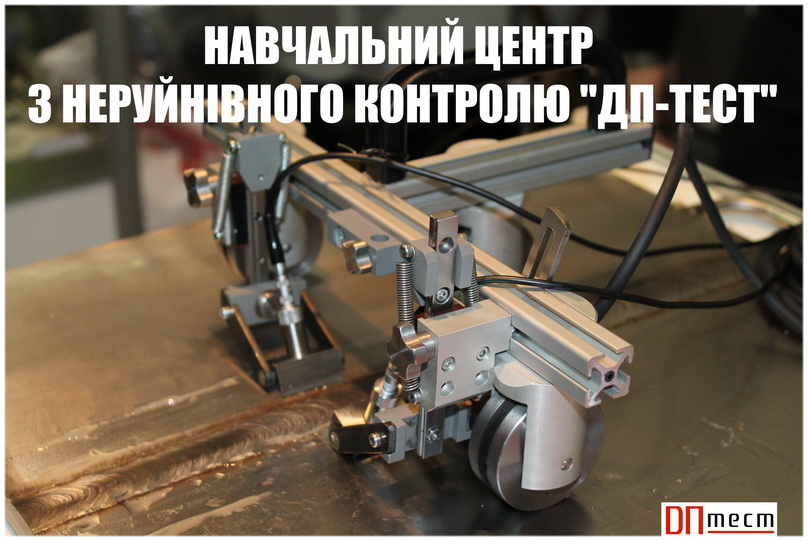This work presents the design and implementation of an autonomous mobile robot intended for transporting small loads in a controlled indoor environment. The focus is placed on developing a platform capable of following a high-contrast line, detecting the endpoint of a predefined route, and autonomously performing object manipulation using a servo-driven gripper mechanism.
The system is based on the STM32F103C8T6 microcontroller, which processes signals from an infrared line-tracking sensor and an ultrasonic distance sensor. It controls four DC drive motors via an L298N driver and generates PWM signals to control four SG90 servo motors responsible for gripper rotation, opening/closing, and arm lifting operations.
Throughout the project, a well-justified selection of hardware components was performed. A complete structural and functional scheme was developed, mechanical and stability calculations for the chassis were provided, and custom firmware was created to implement line-following behavior, sensor signal processing, and object handling logic. Possible development paths are proposed, including migration to a Raspberry Pi platform with integration of computer vision and artificial intelligence modules.
- Hits: 103








